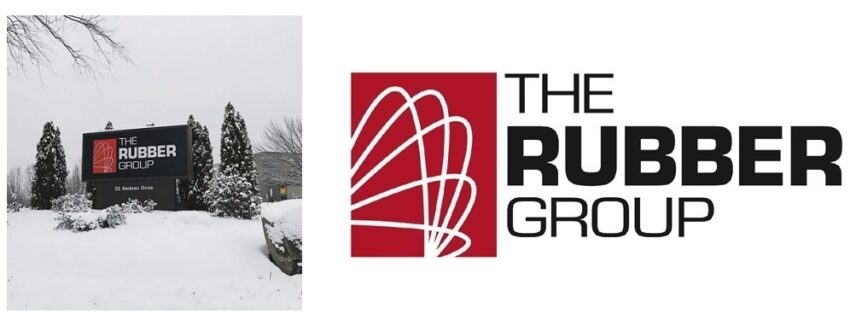Do you need rubber valve seats that support long-term, reliable operation? Then talk to The Rubber Group, the industry experts in the materials and processes for these molded rubber products. Valves might seem like simple metal devices, but there’s more to them than meets the eye.
Let’s take a closer look at rubber valve seats and explore their surprising versatility.
What are Rubber Valve Seats?
Rubber valve seats are physically small, but they’re critical for proper valve functioning. These molded rubber parts or rubber-to-metal bonded assemblies play a key role in a wide range of applications and help to ensure everything from proper airflow to emergency shutoff.
Sealing: The Core Function
Rubber valve seats create a tight seal between a valve and its other components in the air flow. They prevent leaks and ensure that fluids and gases remain where they belong without causing unwanted pressure drops or contamination.
Why Use Rubber for Valve Seats?
Rubber offers several advantages over other valve seat materials.
- Flexibility: Rubber conforms to uneven surfaces and creates a reliable seal when there are slight imperfections in the mating components.
- Durability: Some rubber compounds can withstand harsh environments, including high temperatures, pressures, and corrosive fluids.
- Noise Reduction: Rubber absorbs vibrations, dampens noise, and contributes to smoother operation overall.
Applications for Rubber Valve Seats
Because rubber is versatile, it can be used in many valve seat applications. Here are some examples.
- Regulators: Ensures efficient fluid flow and shutoff.
- Solenoid Valves: Providing proper sealing between the inlet, outlet, and exhaust functions.
- Check Valves: Preventing backflow in pipelines. This is critical for maintaining the pressure and direction of flow.
- Diaphragm Valves: Providing precise flow control in sensitive applications such as medical equipment and food processing.
- Ball Valves: Rubber valve seats also provide tight sealing in these commonly used valves, which are used in plumbing, HVAC systems, and industrial settings.
Choosing the Right Rubber: It’s Not Just Black and White
Valve seats can be made from many different types of rubber to achieve the performance characteristics that your application requires. In addition, these small but important components can be bonded to just about any substrate (including metal) to reduce assembly costs and improve function.
Design Considerations for Rubber Valve Seats
Consider the following during rubber valve seat product design.
- Temperature
- Fluid exposure
- Surface finish
- Compression set
- Durometer
- Substrate bonding
- Seal geometry
- Abrasion resistance
Ask The Rubber Group for Rubber Valve Seats
Rubber valve seats are small, but they play a critical role in ensuring the smooth operation of various systems. Their versatility, adaptability, and ongoing development solidify their place as key components in diverse industries. The next time you use a faucet or hear a smooth-running engine, remember the silent partner behind the scenes: the unassuming yet remarkable rubber valve seat.
For more information or to request a quote, contact The Rubber Group.

